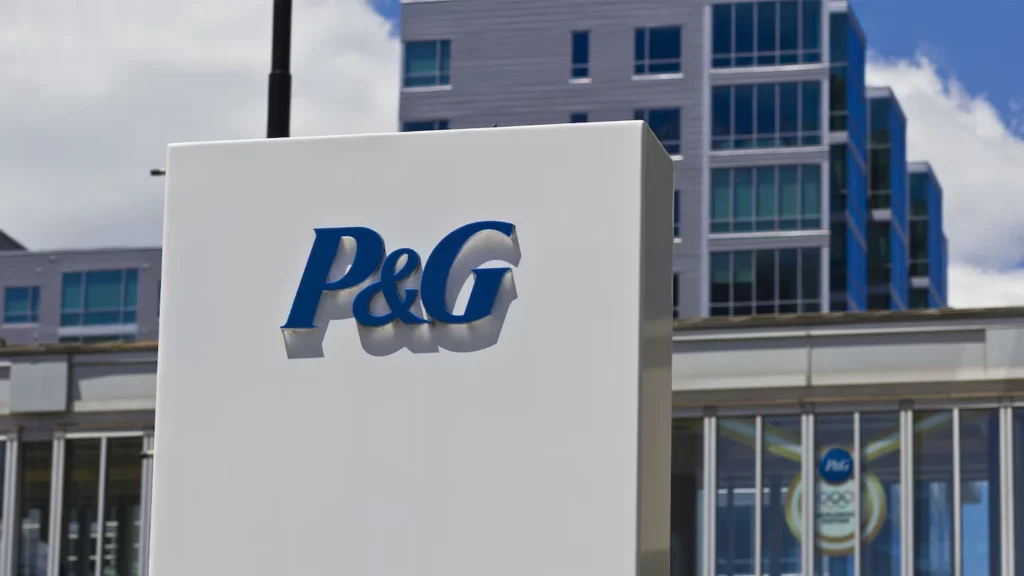P&G Job Cuts: Procter & Gamble has announced plans to cut 7,000 jobs or about 6% of its workforce over two years. The move was revealed at Thursday’s Deutsche Bank Consumer Conference in Paris. The job cuts are part of a wider restructuring plan.
The company aims to handle weaker consumer demand and rising costs, which are mainly due to global tariffs and inflation. The cuts will affect non-manufacturing roles and are set to simplify P&G’s operations.
Also Read | Markets Eye ECB as Euro Zone Inflation Data Sparks Rate Cut Expectations
P&G Job Cuts: Insights
- P&G job cuts will affect roughly 15% of its non-manufacturing staff.
- The restructuring will span two years.
- The company plans to exit some product categories and markets.
- Rising tariffs and inflation are key reasons behind the move.
- Executives aim to simplify operations and reduce supply chain costs.
- Company leaders see the global economic climate as unpredictable.
Background
This isn’t P&G’s first cost-cutting move. The company has been adjusting its operations due to growing economic pressure. President Trump’s tariffs have made raw materials and imports more expensive. In April, P&G raised prices on some products to manage these rising costs.
Global competitors like Unilever are also under pressure from higher prices and slowing demand. Over time, companies in this space have struggled to keep growth steady in tough markets.
Main Event
P&G revealed that it will cut 7,000 jobs, around 6% of its global workforce, over the next two years. This was confirmed at a major conference in Paris. The company had about 108,000 employees as of June 30, 2024. These cuts will mainly affect office roles, making up around 15% of P&G’s non-manufacturing workforce.
Executives said the company will exit some brands and product lines in certain regions. While they didn’t share exact details, they mentioned possible divestitures as part of the plan. The strategy aims to simplify management by creating broader roles and reducing team sizes.
P&G job cuts are also a response to the rising costs caused by tariffs and global inflation. The company imports many raw materials from China, and higher tariffs have made this more expensive. A Reuters report showed that U.S. companies have lost over $34 billion due to the trade war.
In a statement, CFO Andre Schulten and COO Shailesh Jejurikar said the market environment is uncertain. They noted that consumers are spending less and are unsure about the future. P&G’s strategy now focuses on pricing changes and cost-saving moves to stay competitive.

As of June 30, 2024, P&G had about 108,000 employees in their company.
Photo Credits: Shutterstock.
Implications
The P&G job cuts will have wide-reaching effects. Office employees will be most directly hit. Investors might welcome the cuts as a way to protect profits. However, reduced staff could affect operations in the short term. For consumers, there may be fewer product choices in some regions.
Governments may also watch this closely, as it reflects broader market weakness. Other companies could follow if inflation and tariffs continue to rise. The move signals how even large brands are struggling in today’s economy.
Conclusion
P&G job cuts reflect a bigger trend of cost-cutting among global firms. If prices and tariffs keep rising, more companies could restructure. Companies will need to stay flexible and streamline operations to survive. P&G is betting on a leaner team and smarter choices to face future challenges.



